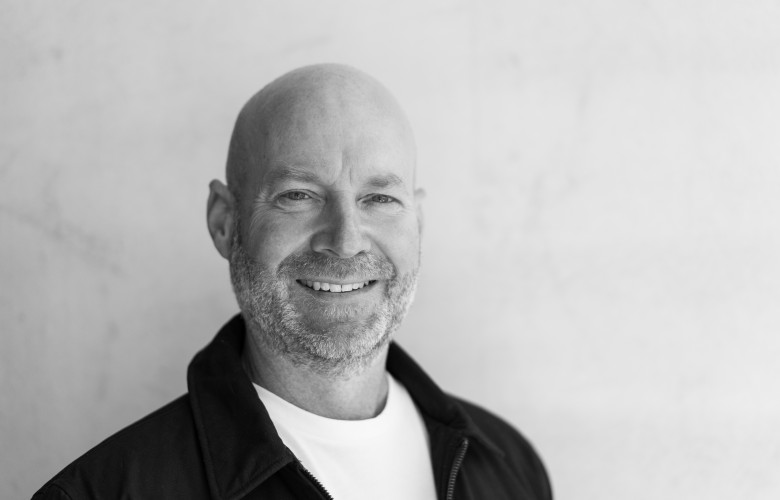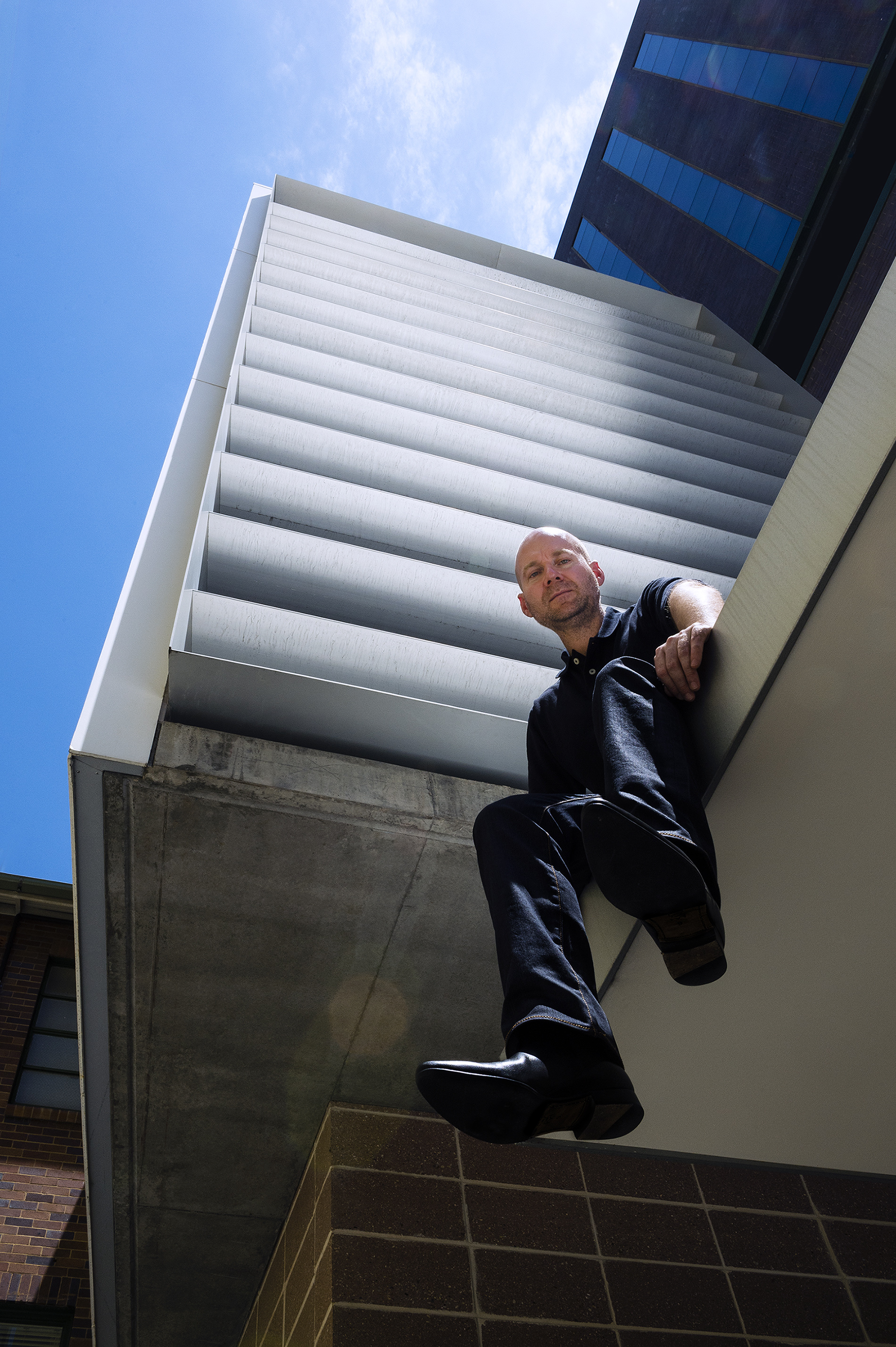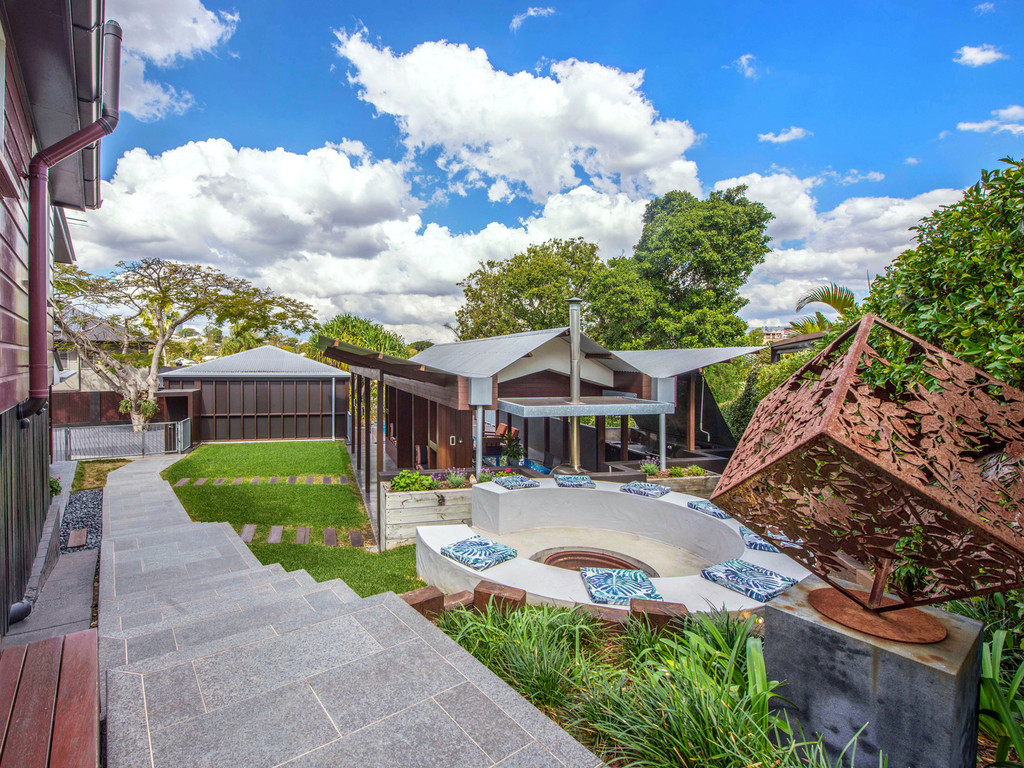Get to know architect Ben Parker
Contact
Get to know architect Ben Parker
I'm interested in all kinds of architecture, but I’m most inspired by contemporary Australian architecture. The work currently being produced in this country is, in my opinion, the best in the world.
Ben Parker has worked on some exceptional projects over a career spanning more than 20 years: large and intimate, residential and commercial, both locally and overseas. Yet he says he’s most comfortable in Australia, working among and being inspired by the best architects in the world.
His focus on responsiveness, drawing context from a building’s position in everything from landscape to region and climate, allows a deep sense of connection with his projects.
WILLIAMS MEDIA spoke with Ben on exploration, inspiration, and challenge.
You worked on the historic 1870s farmhouse 'Rockbourne'. Do you enjoy transforming old into new? How do you incorporate those elements harmoniously?
Definitely. Renovations are typically the first project an architect is offered and what they build their practice on. As such they are fertile ground for exploration and invention. Properties like Rockbourne are an important part of the city’s heritage, so thoughtful additions are imperative. Incorporating elements harmoniously is really about complementation, not replication. We often forget that these character/heritage buildings were cutting edge technology at the time. When we craft a careful contemporary addition we are really creating the heritage architecture of the future. This is why it’s important to make architecture that is “of our time”.
You enjoy exploring the unknown, possibilities and new ideas. Where does your inspiration come from?
I’m interested in all kinds of architecture, but I’m most inspired by contemporary Australian architecture. The work currently being produced in this country is, in my opinion, the best in the world. It’s unique and regionally responsive and you won’t find it anywhere else on the planet. Australian architects are leaders in their field.
What has been the most challenging project you have worked on and why?
That’s a great question. There isn’t a particular building that stands out. Every project presents its own challenges and this is what ultimately drives the idiosyncrasies of the solution. It’s often the response to a difficult constraint that generates the best idea in the building.
Image: Ben Parker
As a teacher, what advice did/do you find yourself giving most to your students?
Firstly, be yourself. Every student learns through imitation, but the goal is to develop your own approach and to be able to articulate that to others. Secondly, context before fashion. By that I mean response to locality, landscape and climate. If you get that right, everything else will follow.
Whose work do you most admire as an architect?
Certain buildings linger in my memory. Invisible House by Peter Stutchbury; Solis by Renato D’Ettorre; The Farm by Fergus Scott (to name a few). All striking houses with a genesis in response to landscape.
What did you learn from working overseas?
I learnt that very large projects were not for me. There is a greater level of intimacy and connection – with clients, ideas and outcomes – on smaller projects. This is where I find the most satisfaction.
What projects are you finding exciting at the moment?
I have a series of renovations of various scales that are all very different in brief and context. This is what makes architecture exciting. The variation. Moving from project to project, new ideas, always changing, always fresh. It’s a pleasure to be at work every day.
How do you gauge success in your role?
Simple.
After 20 years of practice some of my greatest friends are former clients. You can’t have a better gauge of success than that.
Related reading:








